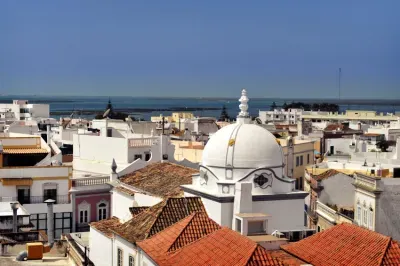Arco da Vila
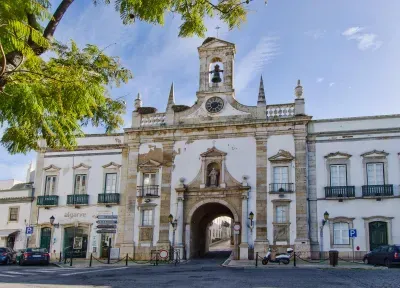
Faro's fine neo-classical archway is the entrance to the Algarve city's old quarter (Cidade Velha). It was built on the site of a much older medieval gateway in the city walls by order of Bishop Francisco Gomes do Avelar in 1812. He oversaw much of the reconstruction of Faro after the devastating 1755 earthquake.
Palácio Bivar
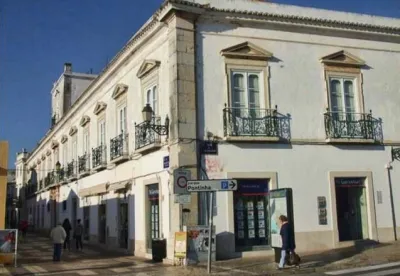
Faro’s Bivar Palace, close to the marina is a fine example of the Neoclassical style of architecture and is probably the best example on the Algarve. Built in 18th century, with later additions in 19th and 20th centuries, the two storey palace has a symmetry which is very pleasing to the eye. At the front there are bay windows, each topped with a triangular pediment. There are wrought iron balconies and a balcony window with a lookout tower.
Faro Cathedral (Sé)
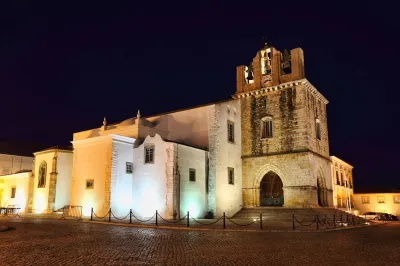
Whilst much of the cathedral you see today date back to the 13th and 14th centuries this site has considerably more history. The oldest records show that there was a Roman forum built here around two thousand years ago. Following this a mosque was built here. With the Christian reconquest of Faro in 1249 the mosque was torn down and the Sé (cathedral) put up in its place. Dedicated to the Virgin Mary the cathedral is also known as the Igreja de Santa Maria de Faro.
Paço Episcopal - Faro
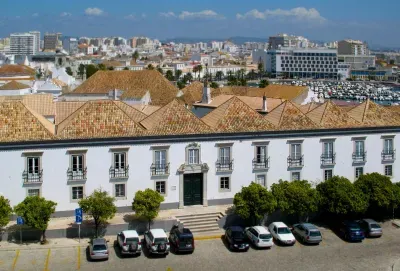
The whitewashed building of the Bishop’s Palace (Paço Episcopal), with its distinctive red-tiled roof, dominates the tranquil square of Largo da Sé in Faro's Old Town quarter.
Faro Marina
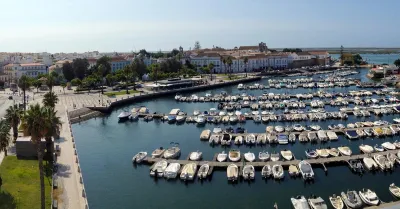
It can be fun to spend some time admiring the flashy yachts on display in the marina, maybe stopping off for refreshments in one of the waterside cafes. Just around the corner is the Porta Nova Pier, from which boats take day trippers out to enjoy the birdlife and beaches of the Ria Formosa Natural Park. On balmy summer nights, it’s a pleasant stroll from the marina, down the waterfront promenade to the Old Town.
Faro Maritime Museum
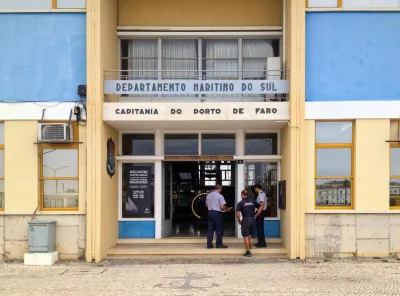
Faro has a seafaring tradition going back to the times of the Phoenicians and in the small but interesting Maritime Museum you can learn about all things nautical connected with the area. It only costs around €1 to enter and is free for children under 6, and you can easily spend some time admiring the vast collection of exhibits on display in the museum’s three rooms.
Ilha Deserta (Barreta)
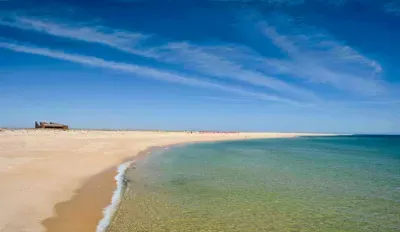
Deservedly known as the "deserted island", Barreta is a narrow 7 km long sandbank off the coast of Faro. It is in fact the closest of a number of sandy islands that make up this stretch of coast. Forming part of the Ria Formosa National Park, this is one of the best destinations for those wishing to escape the crowds and experience the remote calm of an undeveloped wilderness.
Vila Romana de Milreu
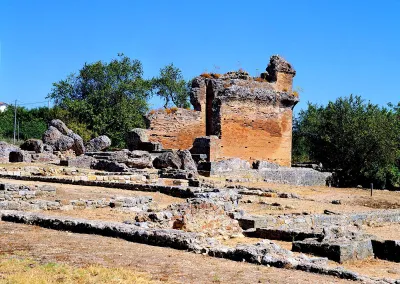
A 10 kilometre drive inland from Faro town centre, the sleepy town of Estoi features some of the Algarve’s best preserved Roman ruins. The Milreu site, just off the N2 highway, was excavated in 1877. The oldest part of the Roman ruins are thought to date back to 1st or 2nd century A.D. with a large villa and temple being added later, probably in the third century.
